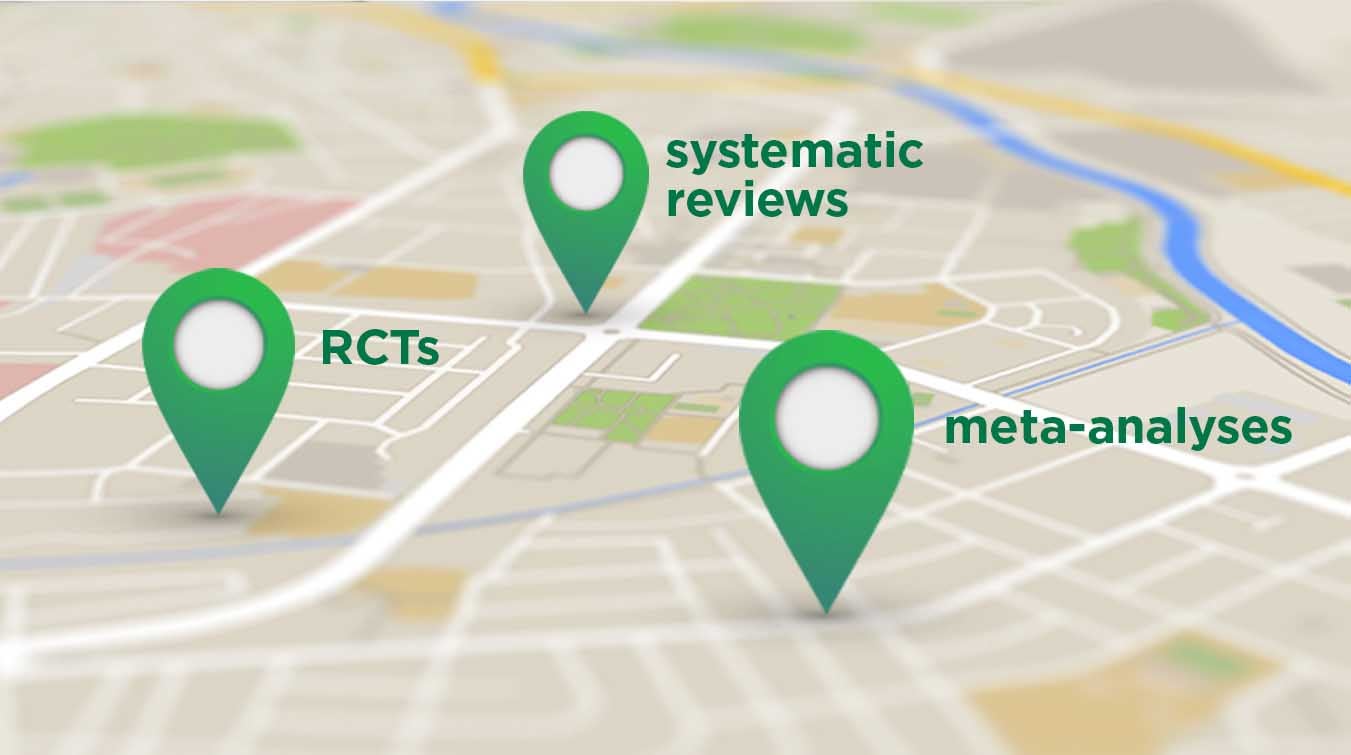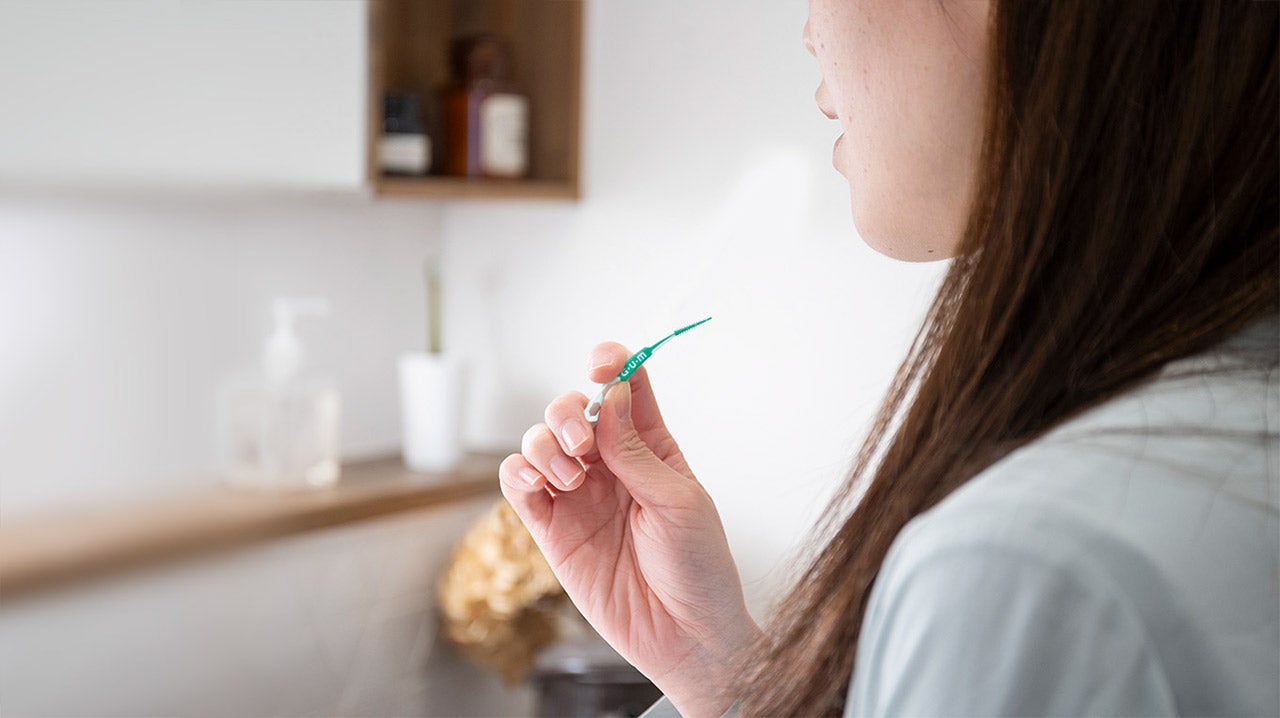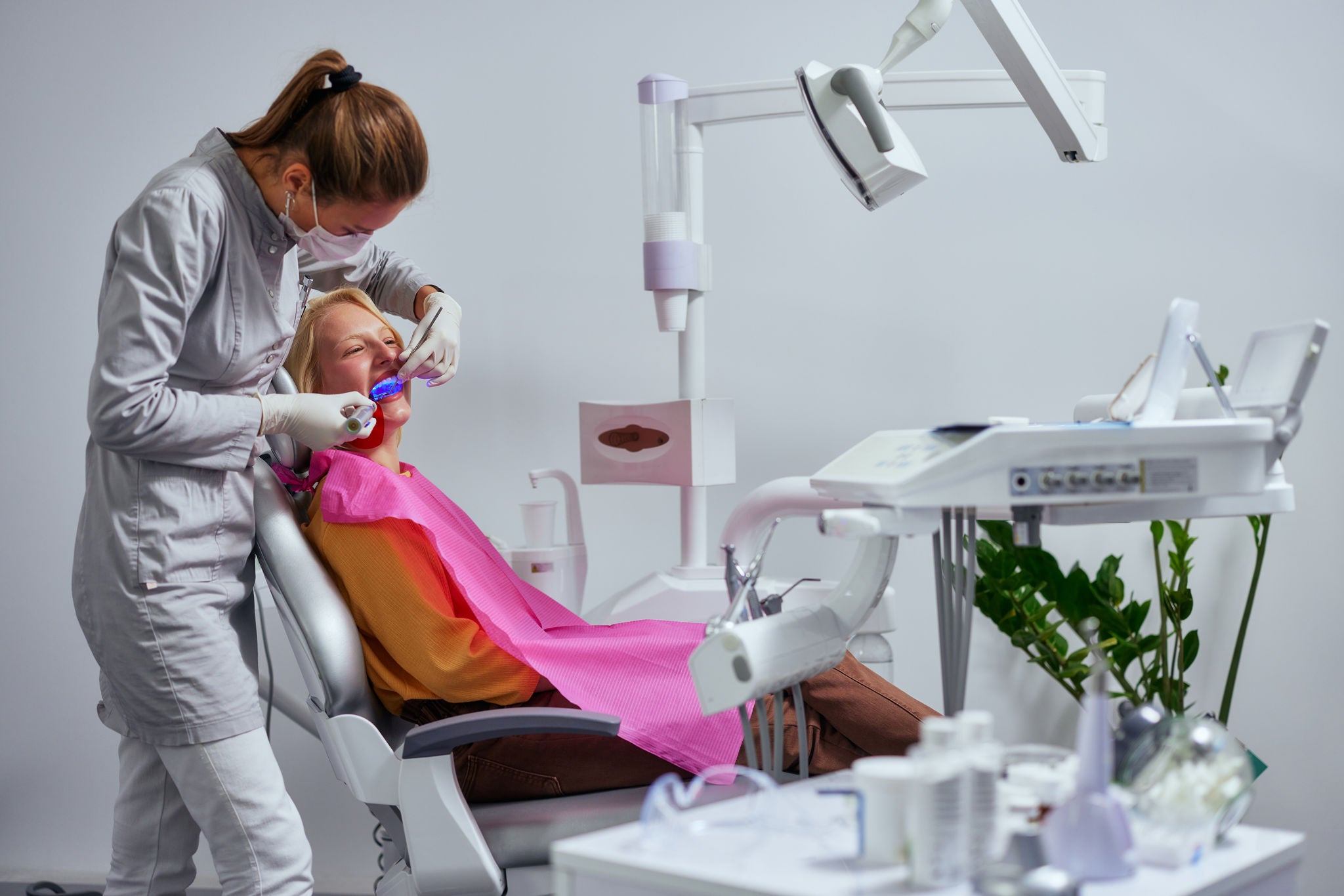
How to motivate your patients to use interdentals
To motivate a patient, several aspects must be considered. It is important to have a sound dental knowledge in order to pass on the right recommendations to patients.

Explain simply how to use interdentals at eye level
However, it is also crucial that this knowledge is conveyed and explained on a patient-friendly way and at eye level. This means that no matter if the conversation takes place in the treatment room or at a separate oral hygiene place, the patient should sit upright and at the same eye level as the prophylactic employee. Comprehensive controls are useful and very important: communication is not a one-way street!
Give your patient the opportunity to report for themselves. Ask him or her, for example, about their current oral care habits, experience with interdentals, etc.
Praise their progress
Do not forget to praise your patients too, because we all know from our own experience that praise is good and motivates. Even if there is not much to praise, it helps to have a positive start to the conversation. Always be aware that you need to make it clear to the patient why good oral hygiene is important. Here the individual approach is very important.
Check their ability to implement oral care routines
Another factor that you need to consider is your patient's ability to implement your instructions. This includes the demonstration of tools and techniques that the patient can implement. You can check this by the patient / the patient tried the just shown on the model or in the mouth itself.
Give them time
Now you have passed on your knowledge, emphasized the importance for the patient, proven his / her ability to implement oral hygiene instructions, and given appropriate tools and instructions. The realization should not be a problem now, is it? The phenomenon is familiar to all of us: we know that we should eat healthily, exercise regularly and sleep well. Do we do that?
It may also be difficult for the patient to change habitual behaviors and implement your recommendations immediately. Give yourself and your patients time. In a conversation, try to address possible difficulties or obstacles in a solution-oriented way.


























